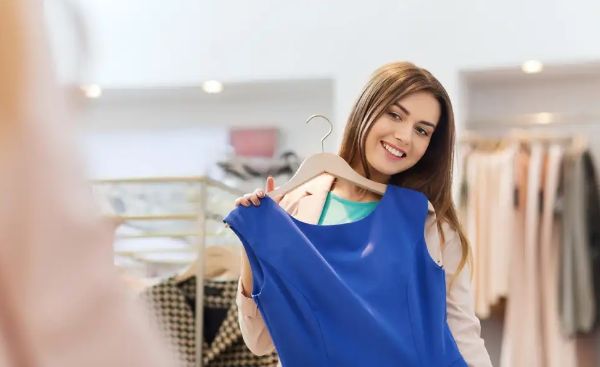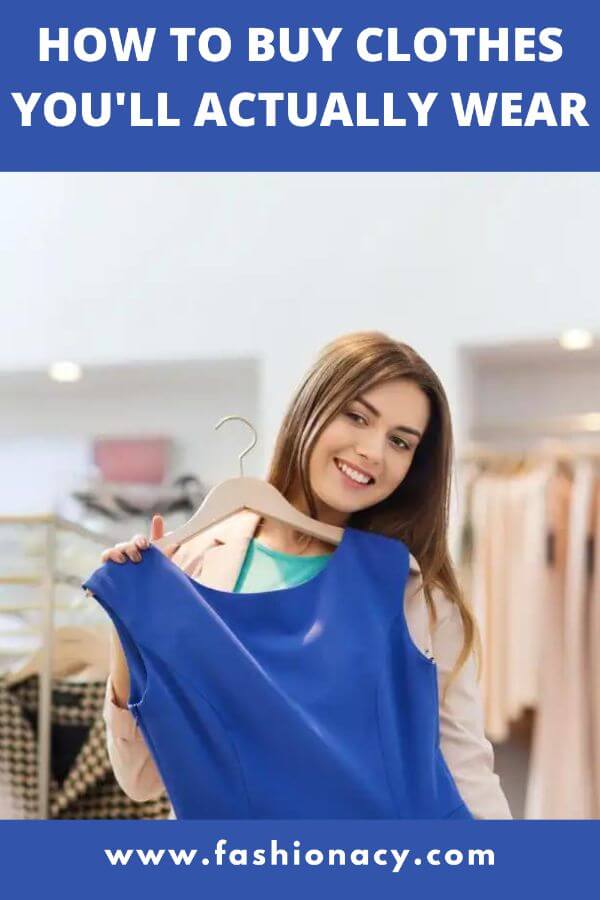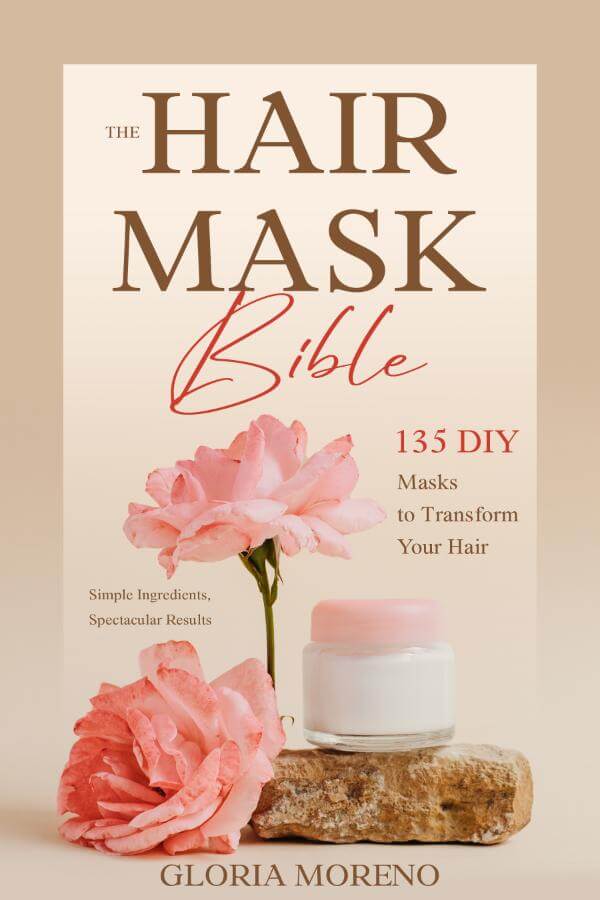
In this article, I’ll discuss how to buy clothes that you’ll actually wear.
I’d like to talk a little bit more about choosing function above fashion, which I believe many of us don’t do, and which is why we make purchases that we never wear and end up keeping in the back of our closets.
So I thought I’d offer my top three suggestions for making purchases that would work for you, your closet, and your own style.
Perhaps not the best choice for a super-aspirational Instagram photo. It turns out that not all of us are Instagram superstars who can play in sunflower fields in beautiful 18th-century gowns.
That is not, at least, my reality.
But I understand how easy it is to get caught up in aspirational clothing rather than practical clothing that serves our needs.
So let’s get started.
As things begin to open up again, we are being seen in 3D by other humans; some of you may be returning to work; your body and life situation may have changed in recent years.
Check Your Closet
Before going shopping, the first thing I like to do is go through my closet and check what I already have.
There’s a good chance there are stuff in the back, still hanging with tags, or pieces I haven’t worn that I could remake and wear in new ways if I just look at them through a fresh lens.
I recognize that our bodies have changed in past years, but your closet still contains a wealth of information that will help you make better judgments in the future.
Examine the clothing that no longer serves you and determine why. What part of your lifestyle do they not suit?
Are there any materials or fabrics with which you are no longer at ease? Also, make a list of these so you can avoid them in the future and avoid making purchases that you’ll either have to return or won’t wear.
Find new things to appreciate in your body, as well as what silhouettes you prefer and why.
It’s far easier to dismiss trends, marketing, and influencer outfits that you see all over the internet but don’t work for you.
You’ll also be able to specify what you’ll actually wear and use.
You may gather all of this information simply by looking at what’s already in your closet objectively.
Do Your Clothes Match Your Real Lifestyle?
I said it a little earlier, but making sure that your closet reflects how you spend the most of your days is a key way to make sure that you are truly filling gaps in your closet that will serve you.
If you spend the most of your days working out and going to work, for example, your closet should reflect that.
When you can prioritize those little lifestyle buckets and make sure that the clothes you add to your closet largely fit those gaps, your closet will be much more enjoyable and you’ll get a lot more wear out of it.
You’ll be able to tell when you’re adding a piece if it serves a thing, such as does it serve the activity that I perform almost every day.
If you’re concerned about filling those once-in-a-while gaps in your life, options like renting, purchasing secondhand, and swapping with friends can help you meet those needs without putting too much of a strain on the environment or your money.
Is This Item Appropriate For Your Climate?
Buying clothes for a specific season was something I battled with for a long time. I live in a climate with four different seasons, with winter and summer occupying opposite ends of the spectrum. Extremely hot and extremely cold.
But, for whatever reason, I thought that by changing my closet, I could create different climates, and I never wore them.
Making sure that the seasonality of the clothing matches your climate and the environment in which you live is, in my opinion, a critical component.
Manufacturers frequently fail to match the type of fabric or construction of a garment to its intended use in order to save money.
For example, when all you want are items that fit off the body and breathe, don’t use a lot of synthetic elastic materials for short summer dresses.
So, in addition to considering your local climate, carefully examine the garment you want to add to your closet to ensure that its construction and fiber content are appropriate for that climate, as well as how you want to wear it in that climate.
Questions to Ask Yourself
Before adding something to my closet, I ask myself these six questions.
They can assist you in ensuring that the items you purchase and add to your closet are worn.
These are also questions I ask myself when deciding whether or not to keep a garment in my closet.
Do I love it?
Is this a garment I truly adore?
When you try on a garment and it fits perfectly, you love it, and you feel like it’s the only piece you’ll ever need.
As much as possible, it is how I think.
When we put on clothes, we should feel like that. It’s critical that you actually respect and adore your clothing.
Does it fit?
You have to ask yourself if it fits in all of the correct spots. You’re not tugging anywhere, continuously pulling a hem down, constantly readjusting a sleeve or a shoulder.
I always find that if the shoulders fit well, the remainder of the garment may be readily altered.
This is part B of the question, which is whether I love it enough to spend to have it altered.
This is a crucial step to remember because it’s typically the small changes that may make a $50 jacket into one that looks like it cost $500.
Does it suit my lifestyle?
I used to be continually enamored with lovely vintage dresses and other clothing that were tragically never worn or used because they didn’t suit my lifestyle.
Does it suit my personal style?
If you haven’t quite worked out what your personal style is, this one can be a little more difficult.
If you have a style icon in mind, consider whether or not this individual would wear it.
Can I create three outfits?
Is it possible to create three outfits with this garment using only what I already own?
Putting outfits together in that simple activity will definitely help you decide whether or not that garment will see use in your closet.
How much does it cost per wear?
When making an investment purchase, I think the cost per wear. It’s a simple mental calculation that you can complete in a matter of seconds.
All you have to do is divide the entire cost of the garment by the expected number of times you will wear it.
You can clearly perceive the worth of this garment when you consider that it will be worn for many years.



